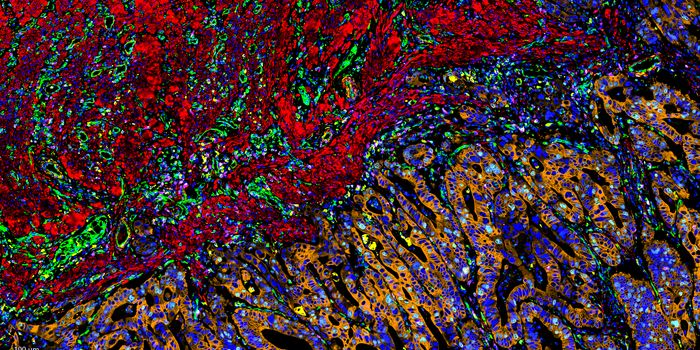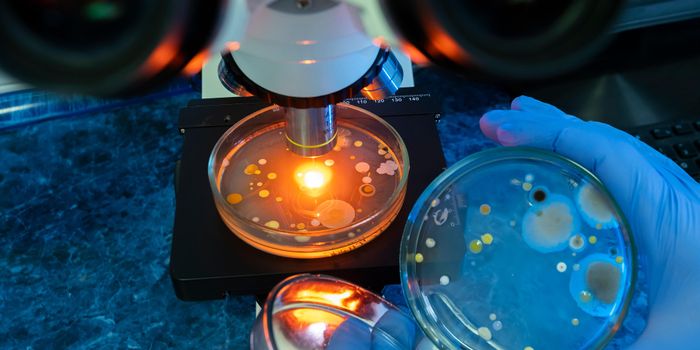What can cancer in sea lions teach us about ourselves?
New research from a 20-year long study on California sea lions shows cause for alarm for both ecologists and oncologists alike. The study, published in Frontiers in Marine Science, reports that the marine mammals are dying in high numbers from a cancer caused by a virus. The scientists behind the study, led by Dr. Frances M. D. Gulland of the Marine Mammal Center, say that environmental factors also play a concerning role in the development of cancer in the animals.
Since the initial report of viral-caused cancer in California sea lions in 1979, 18-23% of the almost 400 adult animals admitted to the Marine Mammal Center's hospital succumbed to the cancer. Using statistical analysis and modeling, the scientists at the Center showed that genetic predisposition was not a significant factor to developing the cancer, rather it was infection by a virus called Otarine herpesvirus-1 as well as the presence of chemical contaminants and pollutants that resulted in tumors. This high incidence and mortality rate in the sea lions accounts for the highest prevalence for a single type of cancer in any mammal, humans included.
Their analyses pointed toward high levels of persistent organic pollutants in the blubber of sea lions – higher, in fact, than any other marine mammal studied to date. The presence of these chemicals is frightening given that some have been banned for years, explains co-author Dr. Pádraig Duignan, who is Chief Pathologist at The Marine Mammal Center. Such findings have serious implications for humans and other marine animals.
"Even though some of the pollutants we're finding in the blubber have been out of use for years, these cancer-causing elements remain in the environment for a very long time and wreak havoc on opportunistic coastal feeders like sea lions. It concerns me knowing that we consume very similar seafood as these cancer victims and that the ocean is raising a loud and clear alarm in the sick bodies of a sentinel species. We need to continue this critical research and collaborate with the human cancer doctors to find patterns to help discover the link between sea lions and ourselves," Dr. Duignan says.
"This paper's conclusions mark a significant milestone in piecing together the complicated puzzle of cancer development in California sea lions," said Dr. Duignan. "The decades of research looking into this deadly disease clearly shows the ocean environment we all share is in trouble and that we need to find solutions to protect our collective health."

Dr. Gulland echoes Dr. Duignan’s concern and seconds the call for more urgent investigation: "While there is more to be learned about the complex factors that play into the development of this disease, what we learn from these animals contributes to research that underpins the threat to human health from pollutants in the ocean," concludes Gulland.
Sources: Eureka Alert, Marine Mammal Center








